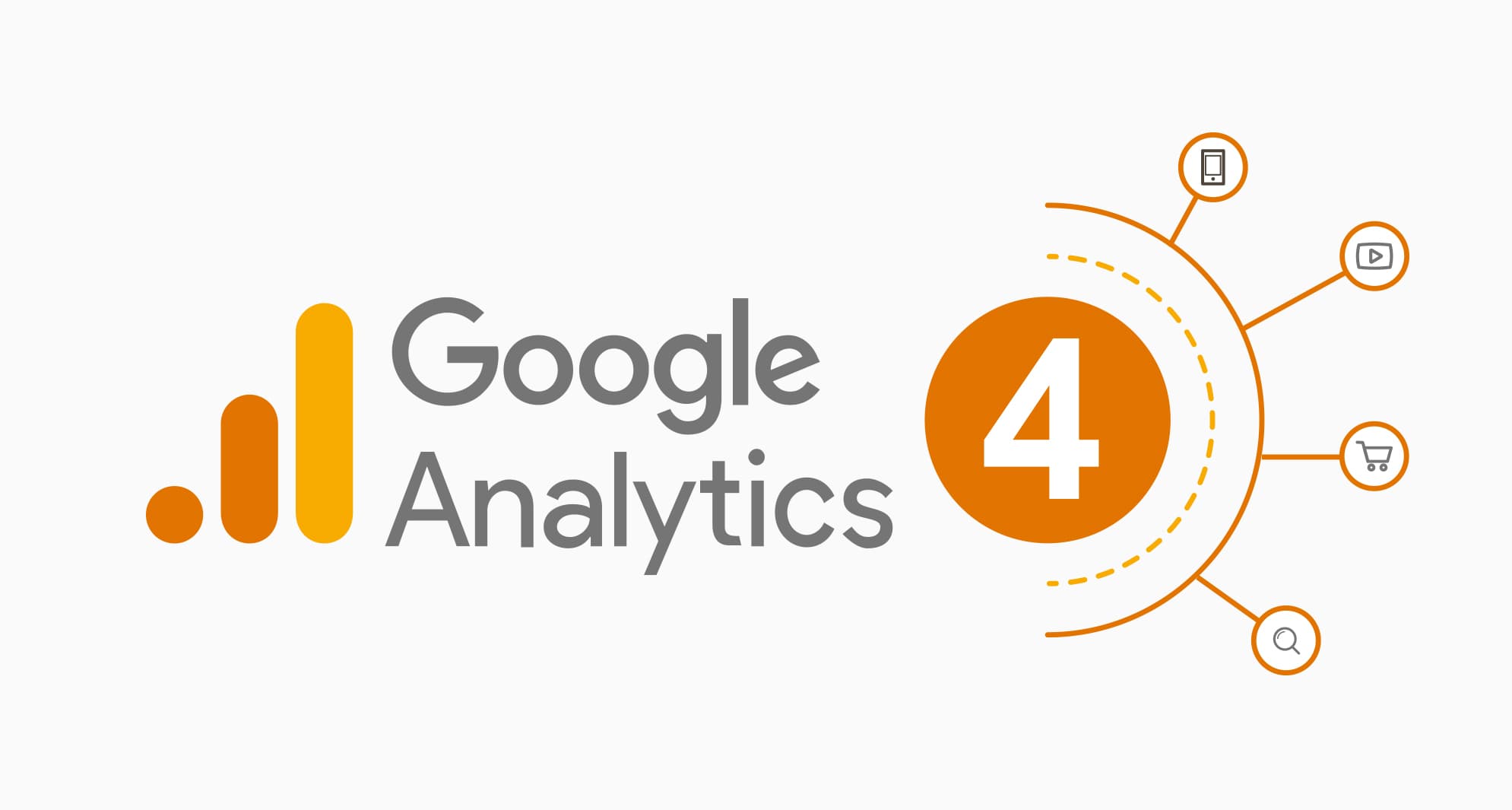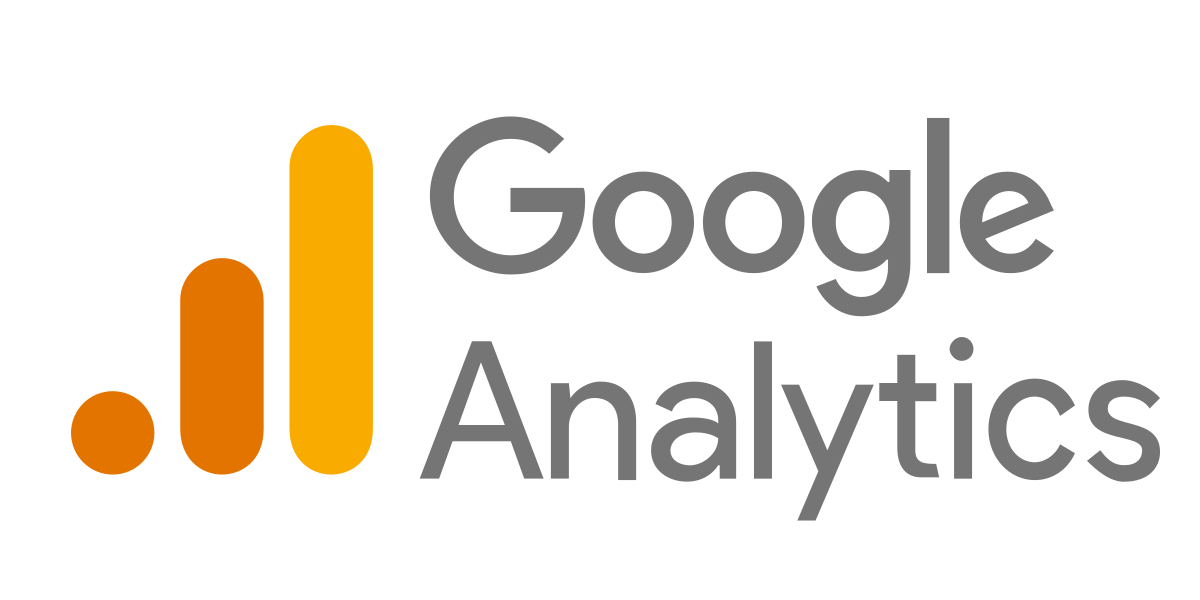Master Site Insights With Accurate Google Analytics Monitoring Code
The effective utilization of Google Analytics rests on the specific application of its monitoring code, a basic action frequently neglected by web site owners. This relatively straightforward JavaScript snippet, when properly put, comes to be the foundation of data collection, giving insights right into individual actions and website efficiency. Nevertheless, obstacles can arise throughout setup, possibly skewing the data and leading to misinformed choices. Understanding these complexities is vital for making best use of the advantages of analytics. What are the usual pitfalls that could weaken your monitoring efforts, and exactly how can you make certain precision in your approach?
Understanding Google Analytics Essentials
Google Analytics is an essential device for internet site owners and marketers, offering invaluable understandings right into individual actions and internet site performance. At its core, Google Analytics accumulates data about visitors to a site, allowing users to evaluate metrics such as traffic sources, customer interaction, and conversion prices. Understanding these fundamentals is vital for maximizing a website's effectiveness and improving user experience.
The platform employs cookies to track communications, taping data such as web page sights, session periods, and bounce prices. This details is aggregated and provided through customizable dashboards, enabling users to picture fads in time. Key efficiency indications (KPIs) can be monitored, such as the total number of individuals, new versus returning site visitors, and the geographic circulation of the audience.
Moreover, Google Analytics uses division functions, permitting individuals to separate specific web traffic sources or individual demographics for even more targeted evaluation. By grasping these foundational elements, internet site owners can make informed choices regarding content technique, advertising projects, and general website improvements. Eventually, recognizing Google Analytics basics is crucial for leveraging information to drive development and accomplish organization objectives efficiently.
Establishing Your Tracking Code

Copy the provided monitoring code and paste it into the HTML of your site. This ensures that the tracking code tons prior to any type of various other material, permitting it to record data properly.
After installment, validate that the tracking code is functioning correctly by using Google Tag Aide or the Real-Time records in Google Analytics - when does the google analytics tracking code send an event hit to analytics?. This step is necessary to confirm that your information collection is accurate and active, establishing the structure for insightful evaluation
Common Tracking Code Issues
Many site owners come across common concerns with their Google Analytics tracking code that can hinder information collection and analysis. One common problem is improper installation. This may take place when the monitoring code is put in the incorrect section of the website's HTML, typically leading to incomplete or missing data. In addition, having numerous circumstances of the monitoring code on a solitary page can lead to filled with air metrics, as user interactions may be counted more than once.
Another issue emerges from the usage of advertisement blockers, which can stop the monitoring code from performing altogether, hence skewing data. when does the google analytics tracking code send an event hit to analytics?. Moreover, failure to configure filters properly can result in the exclusion of vital web traffic sources or the addition of unwanted referral spam, misshaping the data accumulated
Internet site owners might likewise neglect the importance of monitoring code updates, especially when moving to Google Analytics 4 (GA4) from Universal Analytics. Finally, insufficient testing prior to releasing modifications can result in undiscovered errors in the monitoring code, further complicating information integrity. Attending to these typical concerns is important for guaranteeing accurate monitoring and insightful check out here analytics.
Studying Site Information Successfully
Exact data collection is only the initial step in leveraging Google Analytics; the actual worth hinges on efficiently evaluating that data to drive informed decision-making. To attain this, it is crucial to recognize crucial efficiency indicators (KPIs) that line up with your company goals. Concentrate on metrics such as conversion rates, user interaction, and website traffic sources, as these will provide insights into individual behavior and the total effectiveness of your site.
Making Use Of Google Analytics' segmentation features enables a much deeper understanding of your audience. By damaging down data right into specific demographics, habits, and traffic networks, you can uncover patterns and patterns that educate targeted approaches. Applying customized reports and control panels can streamline this procedure, allowing quick access to important data.
In addition, on a regular basis examining data trends gradually helps to determine abnormalities and chances for enhancement. Make use of visualization tools to existing information in a quickly digestible style, facilitating extra effective interaction look at here now with stakeholders. Eventually, the capability to evaluate site information successfully empowers businesses to make tactical decisions that enhance user experience, maximize advertising and marketing efforts, and drive growth.

Best Practices for Accurate Tracking
Applying reliable monitoring methods is crucial for acquiring dependable information in Google Analytics. To ensure precise monitoring, begin by appropriately installing the Google Analytics tracking code on every web page of your website. This can be completed via a tag supervisor or by straight embedding the code into the HTML.
Following, configure your Google Analytics account to leave out internal traffic. This can be done by establishing filters that determine and remove gos to from your company's IP address, thereby protecting against manipulated information. In addition, make use of occasion monitoring to keep an eye on specific user interactions, such as downloads or video clip plays, which typical page views might forget.
Frequently examine your monitoring configuration to validate that all attributes, such as goals and ecommerce tracking, are operating appropriately. Develop a consistent naming convention for your events and campaigns to promote simpler coverage and analysis.
Finally, think about leveraging UTM specifications for campaigns to get insights into the performance of different marketing initiatives. By complying with these finest practices, you can improve the precision of your data collection and analysis, eventually bring about more educated decision-making for your internet site.
Verdict
Accurate implementation of the Google Analytics tracking code is important for understanding website insights. By making sure the tracking code is appropriately placed and routinely examined, internet site official website proprietors can catch vital user communication data, hence promoting the recognition of vital efficiency indications. Efficient analysis of this information, combined with adherence to best methods, makes it possible for notified decision-making and the optimization of on the internet strategies. Inevitably, a robust tracking framework boosts the ability to drive involvement and improve general internet site efficiency.

Inadequate screening prior to launching modifications can result in undiscovered errors in the tracking code, further making complex information reliability.Executing efficient tracking practices is vital for obtaining reputable data in Google Analytics. By making certain the monitoring code is appropriately positioned and consistently investigated, internet site owners can catch vital individual interaction data, therefore assisting in the identification of vital performance indicators.